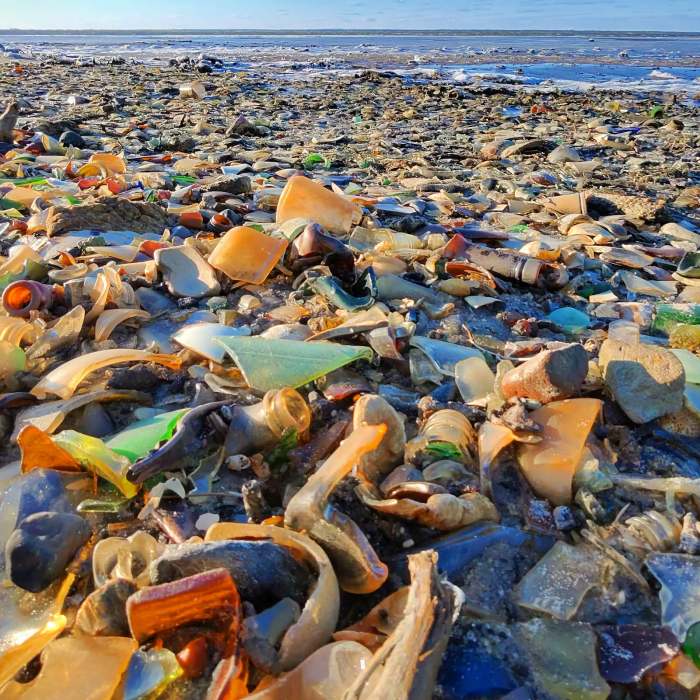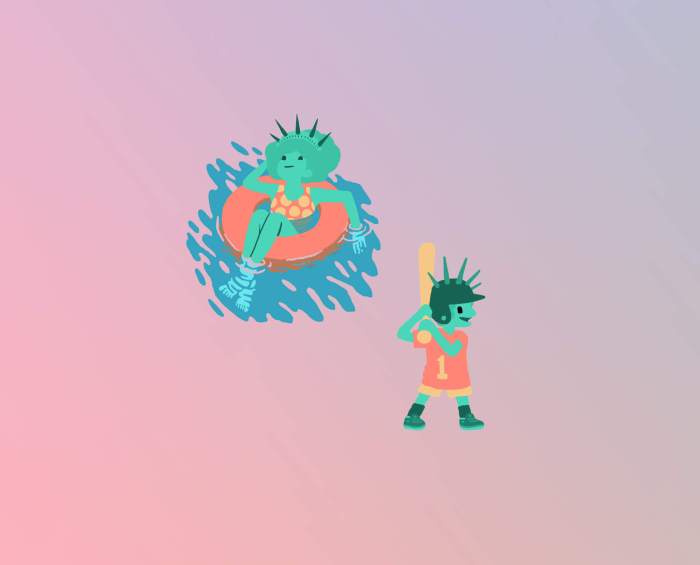A recent perfect storm of meteorological conditions left Great South Bay area residents asking, “Where did the water go?” as Northeast winds displaced water from the bay, creating an extremely low tide and revealing a sandy bottom poking through the ordinarily shallow waters.
This wind-driven surge was powerful enough to temporarily lower the tide on February 18, scooping out water between the canals in a rare convergence of conditions.
Captain Tony Pemberton, a Massapequa resident who works as a captain at Fire Island Ferries on Sundays, has been employed with the company since the age of 16, starting as a deckhand before obtaining his captain’s license. He stated that the wind sometimes blows the water out at low tide.
“If a tide goes out and you have a strong north wind or northeast wind, it helps force the water out of the bay through the inlet. You get an extreme low tide with a strong wind, pushing the water out of the bay,” Pemberton said. “It sort of makes sense if you have a strong wind, 30 or 40 miles an hour, and a tide going out that will move a lot of water out.”
Pemberton said this extreme low tide could get even more exaggerated when a second low tide arrives, further scooping out the shallows to reveal the ground ordinarily underwater.
“As the tide comes back in, if the wind is resistant, not as much water might come back,” Pemberton said. “Next time more water goes out, you get even more extreme low tides.”
Dr. John Tanacredi, a professor of Earth and Environmental Sciences in the Department of Biology, Chemistry, and Environmental Studies at Molloy College, and a former flight meteorologist, or “hurricane hunter,” with the U.S. Navy, stated that extreme low tides can be expected.
“Winds create current movement, and we have high and low tides. If you have a low tide and exceeding wind, this is what happens,” Dr. Tanacredi said. “If it’s an outgoing tide and you have a wind that helps it along, that’s what it is. It’s not unusual, but it doesn’t always happen.”
With water washed away, these conditions aren’t ideal for boating, making it easier than usual to run aground. However, Tanacredi said less-than-ideal boating conditions are just part of the tide cycle.

“Nature comes back to bite you now and then,” Dr. Tanacredi said. “These are extremes outside the normal range, whether the tidal action of wind or storm conditions. There will be instances when these may seem excessive.”
You might think global warming somehow led to this unusual combination of circumstances, but water watchers said that that’s not the culprit in this case.
“This has zero to do with climate issues,” Dr. Tanacredi added. “We’re going through a cool winter season. The temperature and windchill factors are low at this point.”
Pemberton remembers captaining a ferry in the early 1980s when a strong northeast wind for three consecutive days seemed to “blow all the water out of the bay.” Depth finders came in handy to avoid running aground on potentially or nearly exposed land.
“As we were going across the Bay, usually we can run shortcuts, so we don’t stay in the deep-water channel all of the time. The boats are designed to run in shallow water,” he said. “This particular time, the tides were low. We couldn’t run our regular routes. We had to stay in the deep-water channels.”
Pemberton said the tide exposed land, making it too shallow for boats to follow their usual course, modifying routes to avoid what ordinarily was a shoal. “We made sure we didn’t go near it,” said Pemberton. “We stayed in the middle of the channel and navigated around it.”
While it’s rare, Pemberton said he has seen people in private boats become high and dry on sandbars because they didn’t know where they were going, misjudged their turn, or weren’t paying attention.
If The Great South Bay wasn’t looking like itself when the ground poked through, Pemberton said that’s nothing compared to the world’s most extreme low tides, which can turn water into a temporary desert you can walk across.

“Look at the Bay of Fundy. It’s a huge difference between high and low tide,” Pemberton said. “It might be three or four feet here.”
The difference between low and high tide at the Bay of Fundy can easily reach 53 feet, according to Bayoffundy.com, which called the shift one of the watery wonders of the world. The sun, moon, and Earth align approximately once a month to create a full or new moon, resulting in lower tides or “spring tides,” a term derived from the springing up of water. Twice monthly, when the sun and moon are at right angles to the earth, creating first and third-quarter moons, the tidal ranges are less than usual, known as “neap tides.”
“Because of these periodic fluctuations in gravitational pulls from the sun and moon, the height of the tides varies from day to day,” according to Bayoffundy.com. “To really experience the world’s highest tides, you should visit the Bay of Fundy during a full moon cycle.”
Others also pointed to the Bay of Fundy as an extreme example, where the land’s structure ands the tides combine to create extremes.
“That’s one of the highest tidal ranges in the world. It has to do with the movement of water in a restricted area. Geology influences the hydrology,” Dr. Tanacredi said. “Ships that come into the Bay of Fundy have to be a certain construction. Sometimes, they sit on the bottom. They’re designed to deal with that.”



























